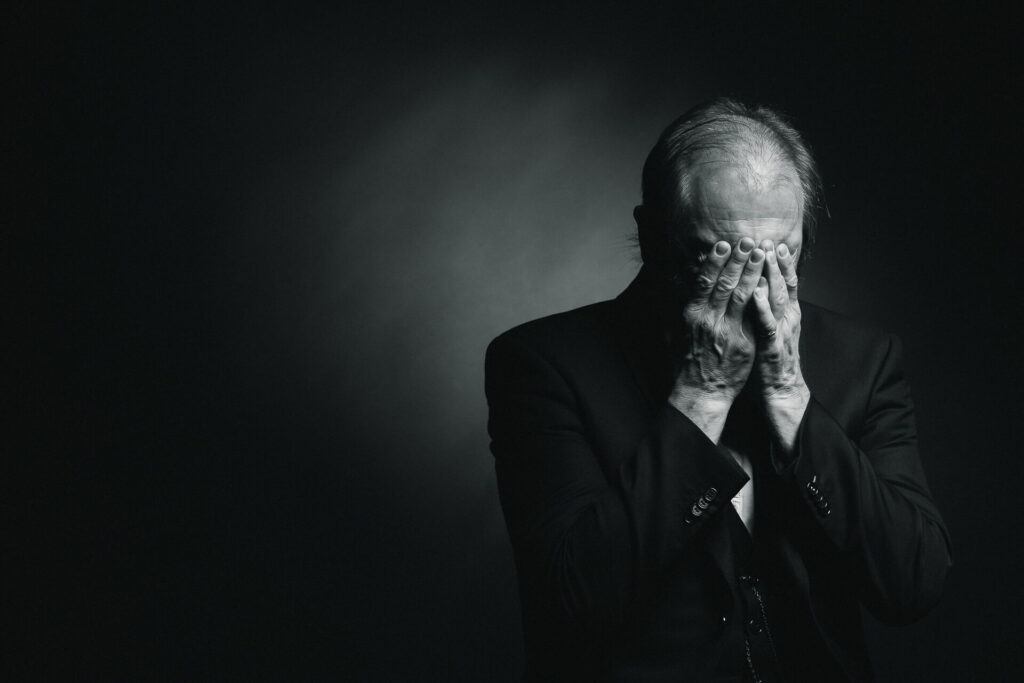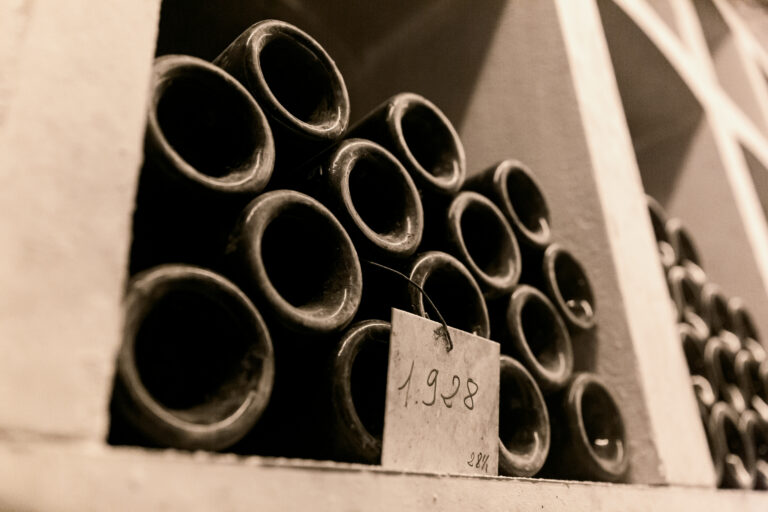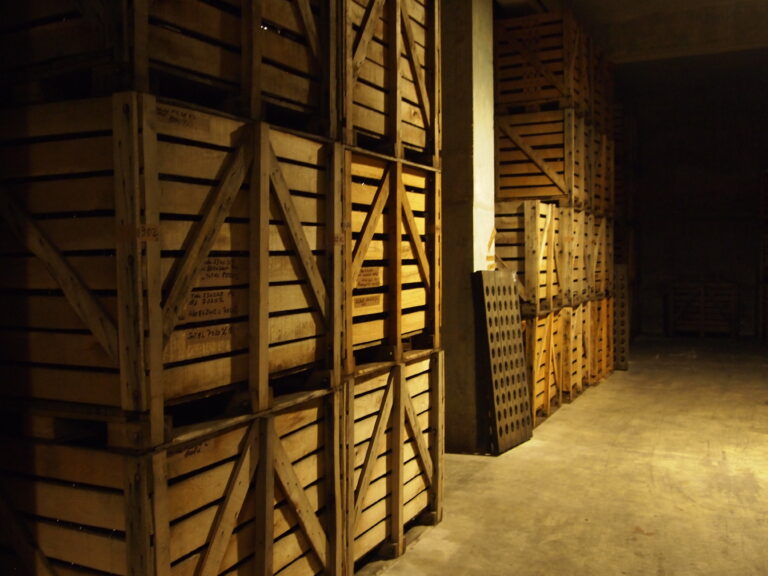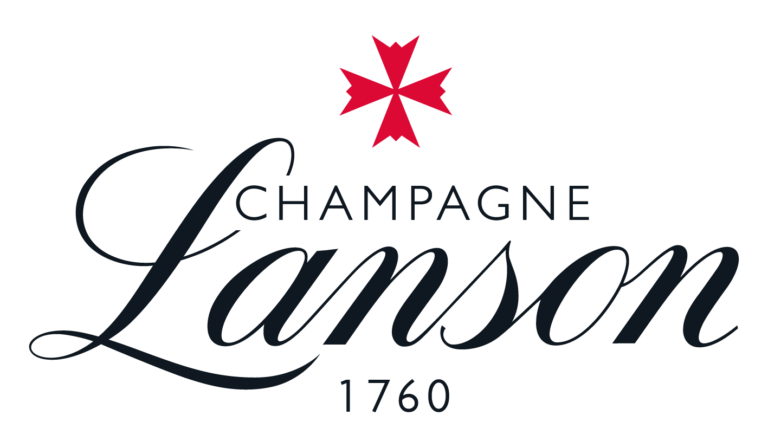The global market for Champagne continues its upward trajectory, so too does the sophistication and scale of fraudulent activities, posing significant risks to consumers, producers, and the very integrity of these iconic beverages [read the full champagne story]
Estimated reading time: 9 minutes

Champagne & Integrity: Upholding Quality in an Era of Counterfeits
The effervescent pop of a Champagne cork, the clinking of fine wine glasses – these sounds evoke celebration, luxury, and tradition. Yet, beneath the gilded surface of the world’s most esteemed wines lies a shadowy underbelly: the pervasive threat of fraud and counterfeiting. As the global market for Champagne and fine wine continues its upward trajectory, so too does the sophistication and scale of fraudulent activities, posing significant risks to consumers, producers, and the very integrity of these iconic beverages.
In this challenging landscape, organizations dedicated to preserving authenticity and educating enthusiasts become invaluable. One such beacon is Champagne Club by Richard Juhlin, which stands as a staunch advocate for quality and transparency in the world of Champagne. With its mission to become the largest independent source of Champagne information globally, the Club plays a vital role in empowering consumers and professionals to navigate the market with confidence and vigilance.
The Rising Tide of Wine Fraud
Wine fraud is far from a new phenomenon, but the digital age and increased global demand have amplified its reach and complexity. Counterfeiters, driven by the potential for enormous profits and the relatively lower risk compared to other illicit trades, employ increasingly sophisticated methods to deceive buyers.
The targets are typically high-value wines with strong brand recognition and limited availability – categories where Champagne, Bordeaux, Burgundy, and other iconic regions prominently feature. A bottle of rare vintage Champagne or a first-growth Bordeaux can fetch thousands, even tens of thousands, of dollars, making a successful counterfeit operation incredibly lucrative.
Anatomy of Wine Fraud: Methods of Deception
Fraudulent activities in the wine world can take many forms, ranging from simple misrepresentation to elaborate schemes involving fake bottles, closures, and complex distribution networks:
- Refilling and Relabeling: One of the most common methods involves acquiring genuine empty bottles of expensive wines, refilling them with inferior or fake wine, and then resealing them with counterfeit closures and labels. Skilled counterfeiters can replicate foils, corks, and labels with astonishing accuracy.
- Fake Bottles and Packaging: More sophisticated operations create entirely new bottles, often molded to mimic the distinctive shapes of famous producers or regions. Paired with perfectly replicated labels, capsules, and wooden cases, these can be extremely difficult to spot without expert knowledge or forensic analysis.
- Misrepresentation of Provenance: Fraudsters may forge ownership history or cellarage documents to inflate the perceived value and authenticity of a bottle, claiming it came from a prestigious collection or a desirable storage location.
- Selling Lesser Vintages as Greater Ones: Labels might be altered to change a less desirable vintage year to a highly acclaimed one.
- Counterfeit Brands: In some cases, criminals create entirely fictitious wineries or Champagne houses, producing and selling wine under a fabricated identity.
- Online Scams: The internet provides a vast marketplace for fraudsters, with fake websites, misleading auction listings, and social media promotions offering counterfeit wines, often at suspiciously low prices.
The Unique Vulnerability of Champagne
Champagne, with its rigorous production standards, specific geographic origin (protected by the Appellation d’Origine Contrôlée – AOC), and global recognition as the celebratory drink, holds a particular allure for counterfeiters. The high price point of prestige cuvées and vintage bottles makes them prime targets. Furthermore, the complexity of Champagne production – involving specific grape varieties, secondary fermentation in the bottle, and aging requirements – means that replicating its unique character is challenging, but unfortunately, selling something claiming to be Champagne is not.
The protected name “Champagne” is a powerful brand, legally restricted to wines produced exclusively in the Champagne region of France using strictly defined methods. Any sparkling wine made outside this region, regardless of quality, cannot legally be called Champagne. Fraudsters often attempt to pass off cheaper sparkling wines as genuine Champagne, exploiting consumer trust in the name.




The Far-Reaching Impacts of Fraud
The consequences of wine fraud extend far beyond a single disappointed buyer:
- Financial Loss: Consumers lose significant sums on worthless or inferior products. Producers suffer from lost sales and the cost of anti-fraud measures.
- Damage to Reputation and Brand Equity: Counterfeits dilute the value and trustworthiness of legitimate brands, eroding consumer confidence built over generations.
- Erosion of Market Confidence: Widespread fraud can destabilize the fine wine market, making collectors and investors hesitant to purchase, potentially depressing prices for authentic wines.
- Health Risks: The contents of counterfeit bottles are unregulated and could contain substances harmful to health.
- Undermining the AOC System: Fraudulent activity undermines the strict quality controls and geographic protections established by appellation systems like the Champagne AOC, which are designed to guarantee quality and authenticity.
Combating Fraud: A Multi-faceted Approach
Fighting wine fraud requires a concerted effort involving producers, regulatory bodies, technology providers, retailers, and, crucially, consumers.
Producers are increasingly implementing advanced security measures on their bottles and packaging, including:
- Tamper-evident closures and foils.
- Holograms and special inks (visible only under UV light).
- Unique serial numbers or QR codes linked to blockchain technology for tracking and verification.
- Molecular tagging or DNA tracing of the wine itself.
Regulatory bodies like the Comité Interprofessionnel du Vin de Champagne (CIVC) are relentless in pursuing legal action against those who misuse the Champagne name and counterfeit their products globally. Supply chain security is also becoming paramount, with efforts to track bottles from the winery to the point of sale.

The Power of Knowledge and the Role of Champagne Club by Richard Juhlin
While technological solutions and legal enforcement are critical, perhaps the most powerful weapon against fraud is knowledge. An educated consumer or collector is far less likely to be deceived. Understanding what genuine Champagne looks, smells, and tastes like, recognizing the hallmarks of authentic packaging, and knowing where to buy are fundamental defenses.
This is precisely where Champagne Club by Richard Juhlin makes a significant impact.
As stated by Richard Juhlin, the world’s foremost Champagne expert and founder of the Club:
“Quality in Champagne is paramount, and our mission is to ensure that our members are equipped with the knowledge to discern genuine products from counterfeits. Through our extensive tasting library and educational offerings, we empower our members to make informed choices and celebrate the true essence of Champagne.”
The Club’s commitment goes beyond mere appreciation; it’s about fostering vigilance. By providing members with unparalleled access to:
- A vast Champagne tasting library: Experiencing and understanding the characteristics of authentic Champagne from various producers, vintages, and styles provides a crucial baseline for identifying deviations in fraudulent bottles.
- Expert insights: Richard Juhlin’s decades of experience and tasting notes offer invaluable guidance on what to expect from genuine wines.
- Educational content: Tailored resources for both enthusiasts and professionals deepen understanding of production methods, regional nuances, and the specific details that differentiate authentic products.
- A community of like-minded individuals: Sharing experiences and observations within a trusted group can help flag suspicious findings.
Through these initiatives, the Champagne Club directly contributes to building a more informed and resilient market. Members learn the subtle clues that counterfeiters often miss – the feel of the label paper, the specific font used, the design of the punt in the bottle, the color and clarity of the wine itself, and, most importantly, the distinct aroma and flavor profiles that are the hallmark of genuine Champagne.
Advice for Consumers and Collectors
Navigating the market requires caution and diligence. Here are key steps to minimize the risk of falling victim to fraud:
- Buy from Reputable Sources: Purchase wine only from established retailers, auction houses, or directly from the winery. Be wary of unsolicited offers or sales on questionable websites.
- Inspect Bottles Carefully: Examine the label for any signs of damage, inconsistencies, or poor print quality. Check the capsule and cork for signs of tampering or inexpert resealing. Look for sediment or color irregularities that might be unusual for the specific wine and age.
- Be Skeptical of “Too Good to Be True” Deals: If the price seems unusually low for a rare or sought-after bottle, it’s a major red flag.
- Understand Provenance: For valuable bottles, inquire about their history and storage conditions.
- Leverage Expert Knowledge: If possible, consult with experts or utilize resources like the Champagne Club to deepen your understanding and verify authenticity.
- Utilize Technology: If the bottle has security features like QR codes or NFC chips, use the associated app to verify its authenticity.
Conclusion
The battle against Champagne and fine wine fraud is ongoing and requires constant vigilance. The allure and value of these exquisite beverages will continue to attract illicit activity. However, through the combined efforts of producers employing cutting-edge security, regulatory bodies enforcing strict laws, and organizations like Champagne Club by Richard Juhlin empowering individuals with essential knowledge, the industry can strengthen its defenses.
Upholding the integrity of Champagne is not just about protecting a brand; it’s about safeguarding a legacy of quality, tradition, and cultural significance. By fostering a community of knowledgeable and discerning enthusiasts, the Champagne Club embodies the spirit of vigilance needed in this era of counterfeits, ensuring that the celebration of authentic Champagne remains untainted.
About Champagne Club by Richard Juhlin
Champagne Club by Richard Juhlin is dedicated to being the largest independent source of Champagne information globally. Founded by the world’s foremost Champagne expert, Richard Juhlin, the Club offers members unparalleled access to a vast tasting library, expert insights, educational content, and a community passionate about authentic Champagne. The Club is committed to enhancing appreciation for and knowledge of Champagne, empowering members to make informed choices and celebrate the true essence of this renowned wine region.





